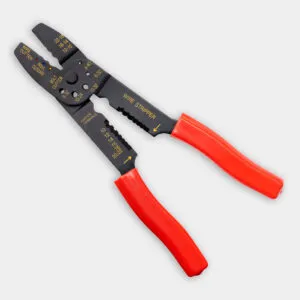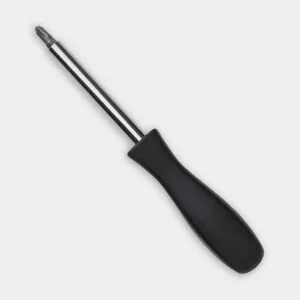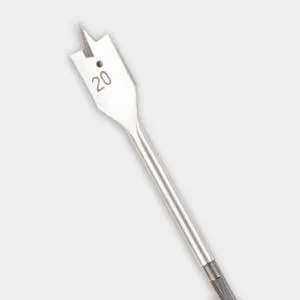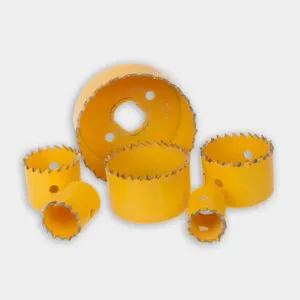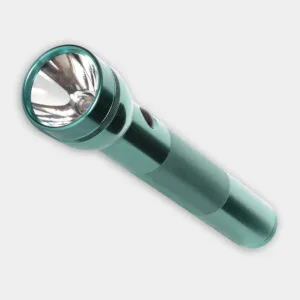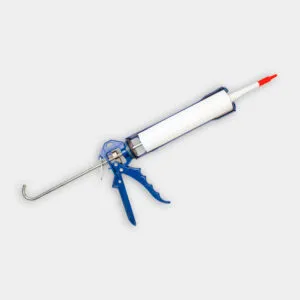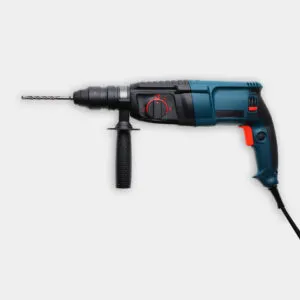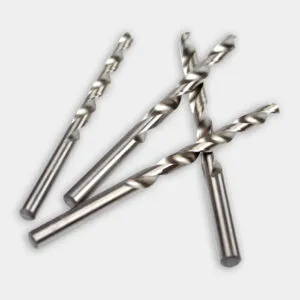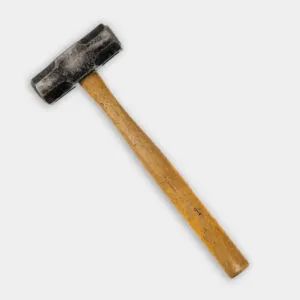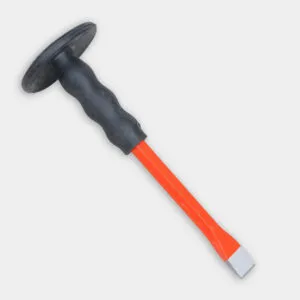We may be compensated if you purchase through links on our website. Our team is committed to delivering honest, objective, and independent reviews on home products and services.
Installing an entry light can dramatically enhance the curb appeal and functionality of your home’s exterior. In the video above, This Old House host Kevin O’Connor observes electrician Michelle Bray demonstrating the key steps to lighting up an entryway. While a licensed electrician should complete most of this project, there are some steps you can do yourself. We’ll outline the process below.
The Basics of Entry Light Installation
Before diving into the installation process, consider the safety precautions, tools, and materials that go into it.
Electrical Safety Precautions
A licensed electrician should complete any projects that involve creating new wiring. This is not just to ensure your safety but also to preserve your investment in your home. Amateur electrical work that is questionably up to code can cause serious problems when you go to sell your home.
That said, there are standard safety procedures homeowners must follow even when completing small wiring projects. Always turn off the power to the circuit at the main electrical panel before beginning any work. Use a voltage tester to confirm that the power is indeed off before proceeding. If you’re unsure about handling any electrical work, no matter how minor, consult a licensed electrician.
Gathering Necessary Tools and Materials
To install an entry light, both you and the electrician will need a variety of tools and materials. Here’s what Bray needed for this project:
- Electrical box
- Electrical wire (nonmetallic cable)
- Entry light fixture
- Flashlight
- Hammer
- Junction box
- Screwdriver
- Wire connectors
- Wire stripper
Presuming you need to cut into brick veneer to install your entry light, here’s what the do-it-yourself (DIY) part of this project will require:
- Brick mortar (if applicable)
- Caulk gun
- Cold chisel
- Drill/driver with spade and hole saw bits
- Fireproof caulk
- Hammer drill with masonry bit
- Putty knife
- Sledgehammer (2-pound)
Installing a New Entry Light
Below, we’ve marked which steps a licensed pro should do, but it’s helpful for any homeowner to know what goes into an electrical project from beginning to end.
Step 1: Preparing for Installation (DIY)
As long as you don’t start cutting into wires, you can do a good deal of planning and preparation yourself. If you find yourself thinking of questions, jot them down to ask an electrician later. Begin by locating the power source for your new entry light. Here, Bray identifies a feed from the panel that runs to a switch box inside the wall, then up to the attic and to an existing light fixture.
Once you identify the power source, plan the route for your new wiring. This typically involves running a wire from the existing circuit through the attic and down to the location of your new entry light. Consider any obstacles in the walls or attic space that might affect your wiring path.
Step 2: Installing the Junction Box (Pro)
The junction box serves as a central point for connecting your new wiring to the existing circuit. Here’s where a licensed electrician should take over.
- You or the electrician first need to turn off the power to the appropriate circuit and test that the power is off.
- In the attic, the electrician locates a suitable spot near the existing wiring to install the junction box. Ideally, it should be easily accessible and close to a ceiling joist for secure mounting.
- The electrician then secures the junction box. Bray was able to attach it to the side of the joist.
- The electrician brings the existing switch cable into the junction box and then runs a new cable from the box to the location of your new entry light.
- The electrician secures the new cable to the joist with cable staples, ensuring it has the proper support along its entire length.
Step 3: Making Electrical Connections (Pro)
With the proper setup in place, the electrician can then begin to wire the connections for the new fixture.
- Inside the junction box, the electrician connects the wires from the existing circuit to the new wiring, joining same-color wires together.
- Black to black (hot wires)
- White to white (neutral wires)
- Bare copper to bare copper (ground wires)
- The electrician uses wire connectors to secure these connections, ensuring they’re tight and fully insulated.
- After making all connections, the electrician carefully tucks the wires into the junction box and secures the cover.
Step 4: Preparing the Wall for the New Light (DIY)
Here, you can once again take over. However, keep in mind that cutting through the wall sheathing can expose your home to the elements, so you won’t want to do this too far in advance of the electrical work. First, measure and mark the desired location for your new entry light. Consider factors such as height from the ground and centering relative to nearby features like doors or windows.
For homes with brick veneer, like the one in the video, follow these steps:
- Mark the outline of the new electrical box on the exterior wall.
- Use a hammer drill to bore a series of closely spaced 1/4-inch-diameter holes around the outline.
- Carefully chip away the brick with a sledgehammer and cold chisel to create a rectangular opening.
- After removing the brick, use a drill with a 2-inch-diameter hole saw to cut through the plywood wall sheathing behind.
For other types of siding, adjust your approach accordingly, always ensuring you create a properly sized opening for your electrical box.
Step 5: Installing the Electrical Box and Light Fixture (Pro)
Now the electrician can step in to finish wiring things together. Here’s what happens:
- The electrician feeds the wiring from Step 3 through the new opening in the wall.
- The electrician pushes the electrical box into the hole, ensuring it sits flush with the wall surface and securing it in place according to the manufacturer’s instructions.
- The electrician attaches the fixture’s mounting plate to the electrical box.
- They’ll then connect the fixture’s wires to the house wiring, matching colors as they did before, tucking the wires into the box when finished.
- The electrician mounts the light fixture to the mounting plate, following the manufacturer’s instructions.
- Finally, the electrician will turn the power back on and test the light. If it doesn’t work, they’ll check for loose connections, faulty switches, and tripped circuit breakers.
Step 6: Finishing Touches (DIY)
If you removed brick for installation, mix a small amount of brick mortar and use a putty knife to apply it around the edges of the electrical box, creating a seamless finish. For other siding types, use appropriate materials to seal around the fixture and prevent water infiltration.

